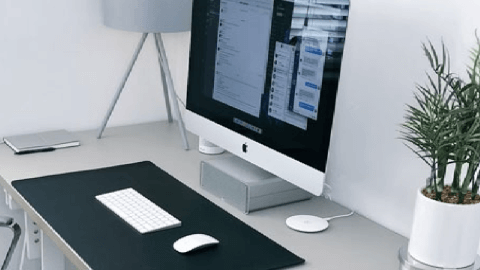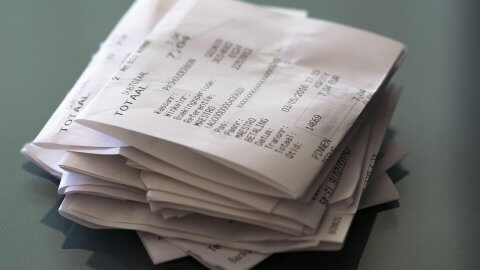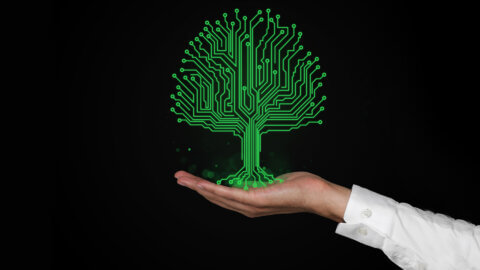Docloop at BizIT: Digitalization in Practice
The BizIT conference created space for a discussion on digital transformation from a practical perspective rather than a theoretical one. Instead of abstract trends, the focus was on real business challenges and the concrete experiences of companies that have already embarked on their digitalization journey or are currently in the process.
Docloop took an active role at the conference through a 15-minute presentation, where we shared our perspective on digitalizing business processes—shaped by daily work with clients across a wide range of industries.
Digital transformation from a practical perspective
During the presentation, as well as in discussions with other participants, it became clear that digital transformation is no longer primarily a technical issue. It is a matter of organization, process design, and control. Companies are looking for solutions that eliminate manual steps, connect data, and enable reliable document management in line with regulatory requirements.
The experiences shared by Docloop are based on implementations of mojDMS, moj-eRačun, and eDelivery Note (eOtpremnica) systems, where similar challenges arise regardless of industry: fragmented documentation, manual workflows, limited visibility, and increasing regulatory pressure.
Automation with regulatory compliance
One of the key messages of the presentation was that automation only delivers value when it goes hand in hand with full regulatory compliance. Digital solutions must ensure traceability, data security, and reliability—particularly in areas such as electronic invoicing and electronic delivery notes.
Discussions at the BizIT conference confirmed that successful digitalization does not require radical changes to business operations. Instead, it is achieved through the gradual improvement of existing processes, supported by technology that adapts to real organizational needs.
Technology that supports the business
One of the main conclusions of the conference was that technology should support employees—not create additional obstacles. Digital transformation is a continuous process that requires clearly defined goals, careful preparation, and a reliable partner.
For Docloop, participating in the BizIT conference and presenting to a professional audience reaffirmed that the market increasingly recognizes the value of stable, flexible, and locally compliant digital solutions.
The BizIT conference provided an excellent opportunity for meaningful knowledge exchange and for presenting a practical approach to digitalization through real-world examples. The overall takeaway reinforced a key principle: digital transformation is most effective when technology follows business processes—not the other way around.
Docloop continues to develop solutions that enable companies to implement digitalization gradually, in a controlled manner, and in full compliance with applicable regulations.
















Comments